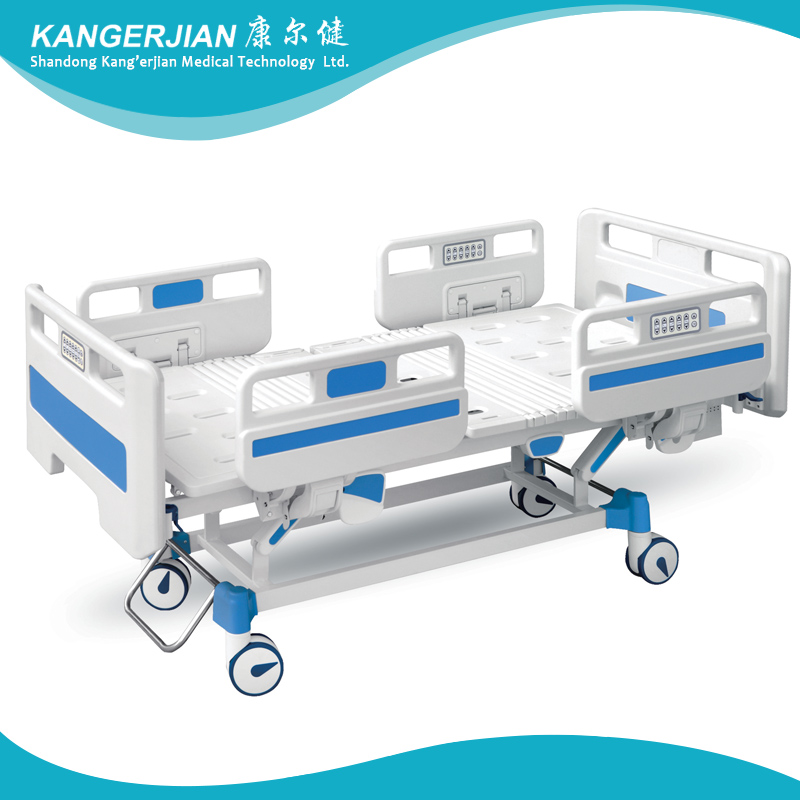Paddy rice
Scientific name Anclylomia japonica zeller belongs to the order Lepidoptera, Acrididae. Alias ​​is also known as rice straw nest, Japanese rice nest oyster, and rice straw nest oyster. Widely spread across the Asian rice regions. Host rice. The larvae are characterized by damage to the larvae in the middle of the leaves, the upper part of the leaves, and the manure pellets in a cylindrical nest. The larvae feed on the leaves in their nests and the spot is now white. After carrying the nest to the base of the rice grove, the leaves or tender stems were cut off and dragged into the nest, and the rest of the nest was ejected after eating. The rice plants showed yellow stems and leaves, and the tillering and heading were significantly reduced. Morphological characteristics Adult body length 11-14mm, wing exhibition 25-35mm, gray yellow white. The female moth has a slightly lighter color, the lower lip must stretch flat, light brown, and the length is equal to 2 times the diameter of the compound eye. Antennae serrate, brown. The pre-wing ash is brownish-brown, with silver-grey-brown wavy horizontal stripes on the outer edges, and 5-10 short-grain vertical stripes with indistinct fins. There are scattered black spots on the lines, and a light yellow color appears along the lower side of the middle chamber. The hind wings are white to brown. The antennae of the male moth are flattened and the sides of each photo are serrated. The eggs are about 1mm long, chestnut-shaped, light brown, and the surface has vertical lines. The last instar larvae have a body length of 16-26mm and are grayish yellow and white. The head and the thoracodorsal plate are dark brown, with 5 brown vertical lines on the back of the chest and abdomen. One pair of short stings per section. About 12mm in length, brownish brown. Habits of life Three generations of southern China, wintering with larvae of the last instar in rice straw piles or weeds. Adults occur in late April and early June of the following year. Generations occur in late June and early August, and second generations occur in late August and late October. Adults lie lurking in rice tracts or weeds during the day and fly out of the house during the night. They lay their eggs on the rhizosphere or stems and leaves of rice plants, and dozens of pods gather together to cover the napped hairs. The period of adult egg laying is 1-9 days: Each female lays 100-700 grains. Prevention and control methods can prevent and treat this worm when straight grain rice is crawled.
1.Frame :high quality section steel welding,The surface electrostatic spray, durable, beautiful and generous.
2.Bed panel is made of molding cold rolled steel, surface electrostatic spray, corrosion resistant, easy to clean.
3.Head & foot board:use ABS high quality engineering plastics and stainless steel pipe, lined with fireproof board, beautiful appearance, soft color . easy to removed.
4.Caster:use Taiwan Shi Ke Rui control wheel,No noise, Convenient mobile, four wheel synchronous braking system, lock solid.
5.Guardrail: ABS lift rail
6.Motor : Taiwan LINKAN motor
Electric Hospital Bed,Medical Electric Hospital Bed,ICU Electric Hospital Bed,Electric Hospital Medical Bed Shandong Kang'erjian Medical Technology Ltd. , https://www.operatingtable.nl


